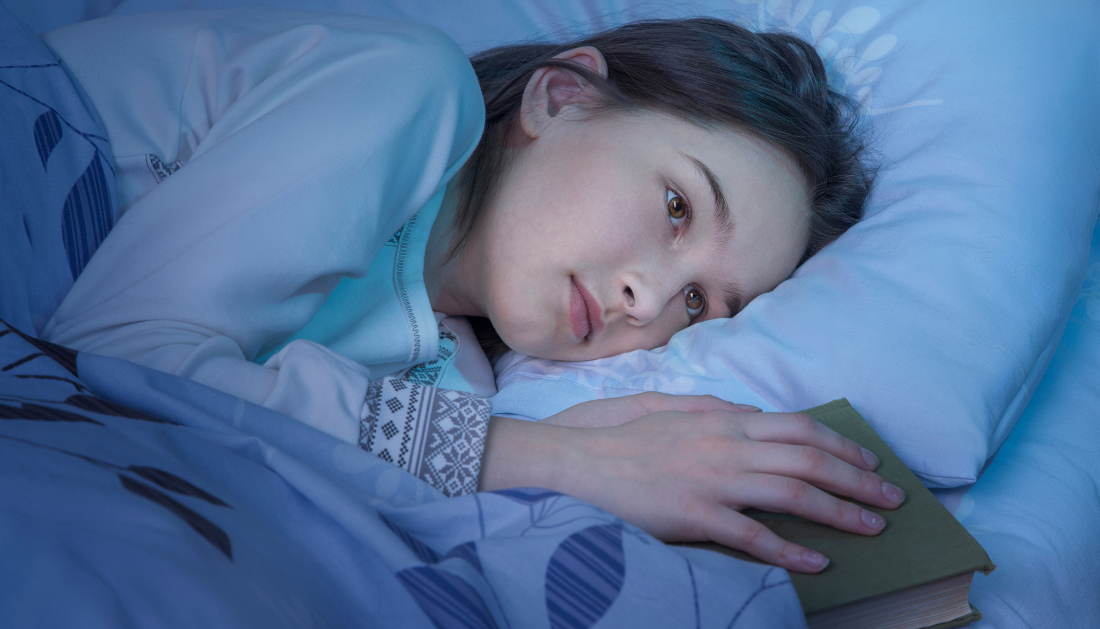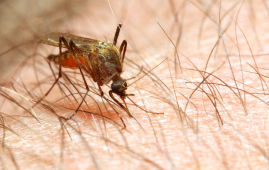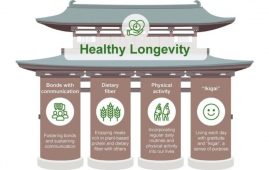

A recent Nutrients study examines how nutrition and physical activity (PA) affect teenagers’ sleep length and quality.
What makes sleep so crucial?
Sleep is a basic biological necessity, especially for teenagers, who should aim for eight to ten hours of sleep each day. Even with these recommendations, the majority of young adults only receive roughly seven hours of sleep every night, and between 11 to 30 percent of teenagers suffer from sleep disorders.
Maintaining a sufficient and well-balanced diet is essential for lowering the risk of chronic diseases and supplying enough calories and nutrients for different body functions. Therefore, food and PA are also crucial for general health in addition to sleep.
Given their importance in preserving health and wellbeing, it is crucial to look into the perhaps intricate relationship between PA, nutrition, and sleep.
About the study
The current investigation searched many databases, including PubMed, Scopus, Web of Science, and ERIC, to find published papers investigating the relationship between food and PA and the amount and quality of sleep in adolescents.
All of the analyzed studies utilized a quantitative research design, included a sample of adolescents aged 11 to 18 who had no health conditions or changes, assessed PA and/or food in addition to sleep, and were published in either Spanish or English.
Excluded from the analyses were studies that did not examine the relationship between PA, diet, or both and sleep, that were published before 2013, that were published during the coronavirus disease 2019 (COVID-19) lockdown period, that included systematic reviews and meta-analyses, that had incomplete text available, that did not examine the effects of PA or diet on sleep, or that carried out an intervention.
Results of the study
An earlier bedtime and improved sleep duration and quality were linked to higher PA levels. Higher levels of moderate-to-vigorous physical activity (MVPA) were linked to better sleep efficiency (SE) in both males and females.
Insomnia was less common in males with greater PA levels, but this relationship was not linear in girls. Intense PA prior to bedtime disrupted the quality of sleep for some people, possibly as a result of elevated cortisol levels.
Numerous studies have shown that meal frequency and food choices might affect the quality of sleep. While a diet high in milk, fruits, vegetables, and low-energy foods was linked to longer sleep duration, sweets, spicy foods, and foods low in nutrients were linked to poorer sleep quality.
A number of variables, such as gender, PA, and screen time, may have an impact on the association between food and sleep quality. Poor sleep quality was also linked to late dinner and bedtimes. Shorter sleep duration and poorer sleep quality were linked to more frequent ingestion of salty biscuits, late dinner and bedtime routines, and fewer strength training sessions.
Crucially, the studies that were included of the current analysis looked at the relationship between PA and diet and sleep length and quality separately. Thus, more investigation is required to examine the possible combined impact of nutrition and PA on sleep.
Restrictions
The current analysis only took into account studies that were published in English or Spanish, which would have limited the findings’ generalizability by excluding other pertinent research.
Only 13 papers were included in the evaluation, therefore more research is required to determine how reliable the results are. Two of the reviewed studies looked at the relationship between sleep, PA, and food; however, they only looked at a portion of how these factors interacted.
Crucially, as the main goal of the study was to examine the evidence on the combined relationship between food and PA and adolescent sleep length and quality, the results are regarded as correlative because they lack causality.
Conclusions
The results of the study indicate that PA affects the length and quality of sleep, but more research is required, especially studies that look at the sex-dependent association between insomnia and PA intensity.
Sleep can also be greatly impacted by dietary habits. In particular, longer sleep duration and higher-quality sleep are linked to a balanced diet high in fruits and vegetables and low in ultra-processed foods.
When combined, these findings can guide future regulations aimed at improving the quality of life for teenagers through PA, nutrition, and sleep.
For more information: Association of Physical Activity and/or Diet with Sleep Quality and Duration in Adolescents: A Scoping Review, Nutrients, doi:10.3390/nu16193345
more recommended stories
 Cardiovascular Risk and Sudden Cardiac Death in Diabetes
Cardiovascular Risk and Sudden Cardiac Death in DiabetesRising Sudden Cardiac Death (SCD) Risk.
 Perinatal Mental Health Challenges Highlighted in New Study
Perinatal Mental Health Challenges Highlighted in New StudyMental Health Challenges in New Parents:.
 Walking Speed Before Hip Replacement Predicts Recovery
Walking Speed Before Hip Replacement Predicts RecoveryNew Evidence Points to a Simple,.
 How Soybean Oil Impacts Weight Gain and Metabolism
How Soybean Oil Impacts Weight Gain and MetabolismWhy Soybean Oil May Affect Metabolism.
 New Malaria Prevention Insights From African Biostatistics
New Malaria Prevention Insights From African BiostatisticsHow New Data Is Reframing Malaria.
 World Summit Outlines Core Principles for Healthy Longevity
World Summit Outlines Core Principles for Healthy LongevityWhy Healthy Longevity Demands a New.
 Gut Immune Cells and Long-Lasting Antiviral Protection.
Gut Immune Cells and Long-Lasting Antiviral Protection.Breakthrough Findings on How Gut Immune.
 Mild Pancreatic Duct Dilatation Signals Higher Cancer Risk
Mild Pancreatic Duct Dilatation Signals Higher Cancer RiskEarly Structural Changes Offer Critical Clues.
 Ultra-Processed Foods in Mediterranean Youth: Risks
Ultra-Processed Foods in Mediterranean Youth: RisksThe Mediterranean region is widely recognized.
 Intensive mind-body retreat rapidly alters brain function
Intensive mind-body retreat rapidly alters brain functionAn intensive mind-body retreat combining meditation,.

Leave a Comment